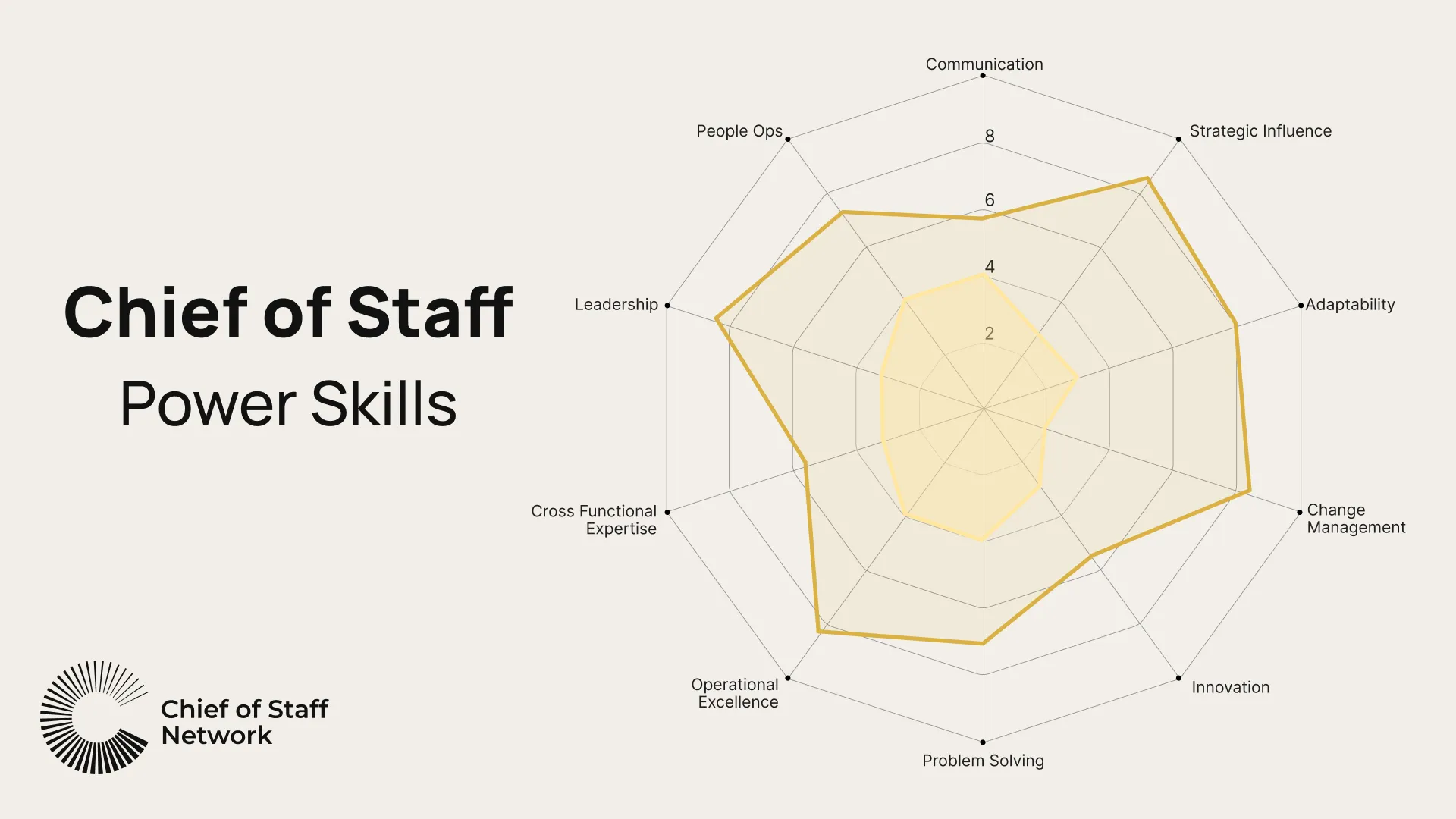Innovation is the lifeblood of any successful company. It's the driving force behind staying relevant over the long haul. One powerful way to foster innovation within your organization is by hosting a company hackathon (particularly effective during offsites for remote and hybrid teams).
A hackathon is a focused, intense event where teams come together to develop creative solutions to specific problems or challenges. In this blog post, we'll guide you through the process of organizing and running a company hackathon that encourages innovation and boosts employee engagement.
Step 1: Preparing for the Hackathon
The first step in organizing a company hackathon is thorough preparation. This involves setting the stage, defining the rules, and ensuring everyone is aware of the event. Here's how to get started:
1.1 - Define the Hackathon Goals:
Before the hackathon, the executive team should outline clear goals and solution parameters. What specific challenges do you want teams to address? Be concise and provide context to guide participants in their brainstorming, unless you wish to end up with “solutions” that don’t address real problems.
1.2 - Communication and Awareness:
The Chief of Staff should send out an initial email to participating employees, notifying them about the upcoming hackathon. Include important details such as the date, time, and location of the event. You may also wish to include a very brief description of goals, but not so much that people have enough detail to begin brainstorming. This helps generate excitement and allows participants to plan ahead.
Step 2: Idea Generation and Teaming Up
2.1 - Brainstorming:
Once the hackathon kicks off, reiterate the goals in greater detail. Encourage participants to spend pre-hack time brainstorming ideas. They should consider how their solutions will impact the customer journey or internal user experience (e.g. for Ops, Customer Success, etc), depending on the nature of the challenge.
2.2 - Idea Collation:
Executives can play a pivotal role in this stage by collating and filtering all the ideas generated by participants. Look for areas of overlap and identify potential themes or categories that emerge. Based on this, select a smaller group of ideas that people can form teams to work on.
2.3 - Team Formation:
Teams are the heart of any hackathon. Encourage participants to "sign up" for specific ideas. Typically, teams of 4-5 members work best, consisting of diverse skill sets, including sales, operations, product or design, engineering, and a wildcard role (either from another function such as compliance or people or a double of an existing function). This diversity ensures a well-rounded approach to problem-solving.
Step 3: Hacking Time
The hackathon itself should last at minimum 3-6 hours to provide teams with enough time to develop their solutions. The longer the event, the more complex and polished the ideas can become.
Step 4: Presentation and Judging
4.1 - Presentation Time:
After the hacking phase, each team should present their solutions. Encourage creativity in the presentation format, whether it's a live demo, design mockup, or slide deck. This also helps if a given team has a lack of designers or engineers.
4.2 - Judging Criteria:
The judging panel, typically composed of executives, should evaluate each team's solution based on specific criteria. These criteria can include:
- Customer Journey/User Story: How well does the solution address the customer's needs or the internal user's experience?
- Mockup/Demo: Is there a tangible representation of the idea, such as a prototype or demo or even a well-reasoned pitch on slides?
- Expected Effort: What teams and resources will be required to implement the solution, and how much time will it take?
- Expected Financial & Labor Cost: What are the projected costs associated with implementing the idea?
- Expected ROI for the Business: What is the potential return on investment for the proposed solution?
Step 5: Celebration and Recognition
After the judging process, it's important to celebrate the efforts and creativity of all participants. Recognize the winning team and their achievements, and consider offering prizes or incentives to motivate future participation.
Conclusion
Running a company hackathon can be a powerful way to stimulate innovation, engage employees, and generate fresh ideas to solve pressing challenges. By following this step-by-step guide and creating an environment that encourages creativity and collaboration, you can ensure a successful and productive hackathon that benefits both your company and your employees. So, roll up your sleeves, harness the collective brainpower of your team, and watch innovation flourish within your organization.













